Art Fairs
At Photo London, the Rise of the Medium Is in Full Swing
In the fair's third edition, photography demonstrates its staying power.
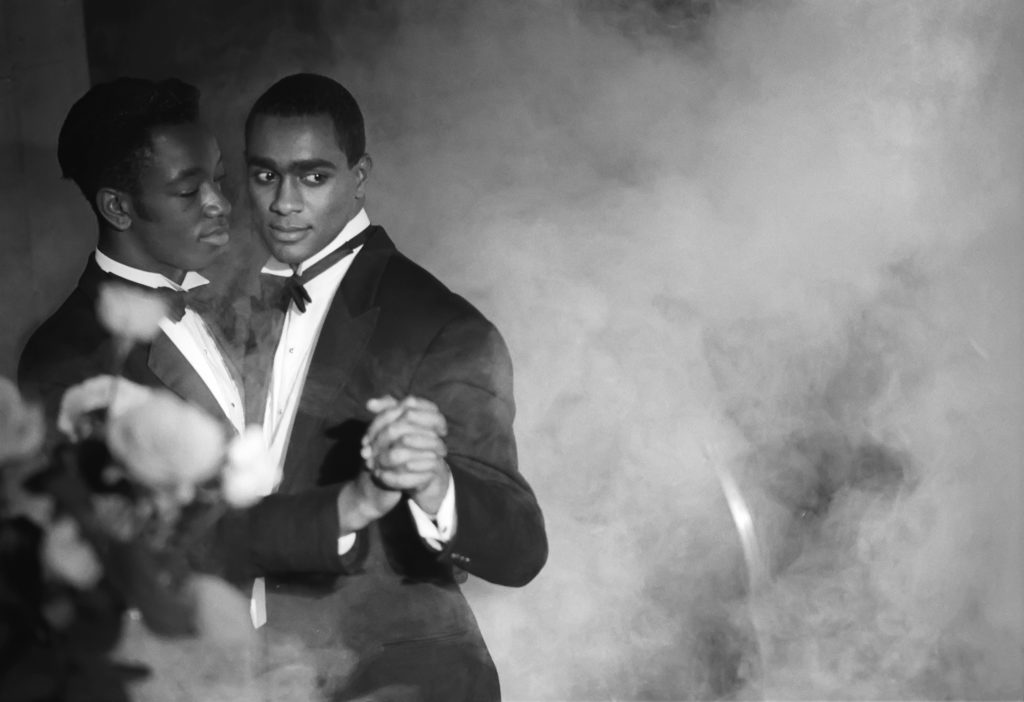
In the fair's third edition, photography demonstrates its staying power.

Caroline Elbaor

The third edition of Photo London debuted its preview yesterday at the city’s iconic Somerset House, boasting a hefty roster made up of 89 galleries hailing from 16 different countries.
The official aim of the medium-specific fair, as expressed by its director Michael Benson, is to situate London as the hub of photography—both contemporary and historical—that acts as a litmus test for the current state of the medium.
“Our plan is to make Photo London the place to come—bar none—to find out about existing masters plus new artists, as well as to discover hidden gems of photography from the past,” Benson said in conversation with artnet News.
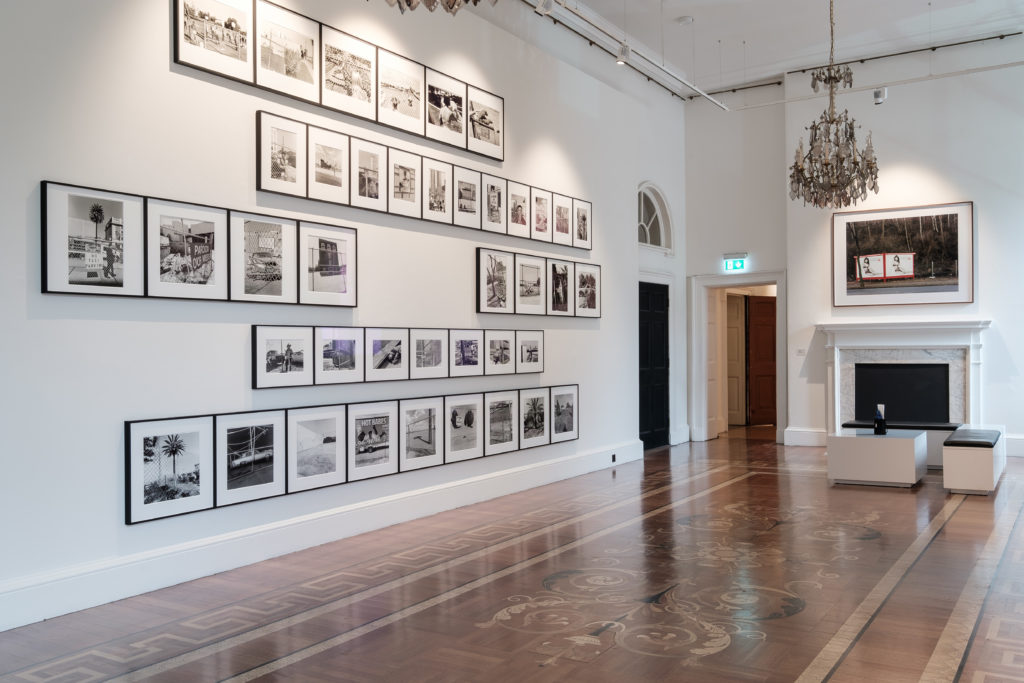
Installation View, Thomas Zander at Photo London. Courtesy Photo London.
The fair delivers on its word. There are three large presentations honoring the practices of present-day masters Taryn Simon, Isaac Julien, and Mat Collishaw, and the main segment of the fair is composed of many repeat participants.
In a positive development for fair organisers, new on the exhibitor’s list this year are three heavy-hitters: Alison Jacques Gallery, Victoria Miro, and Sprüth Magers. (All three galleries are London-based or have outposts in the city.) Such additions point to the event’s growing relevance in the ever-expanding landscape of contemporary art fairs.
“I think it’s been a long time coming, but photography is the art form of our age,” Benson said. “And the market is beginning to reflect that.”
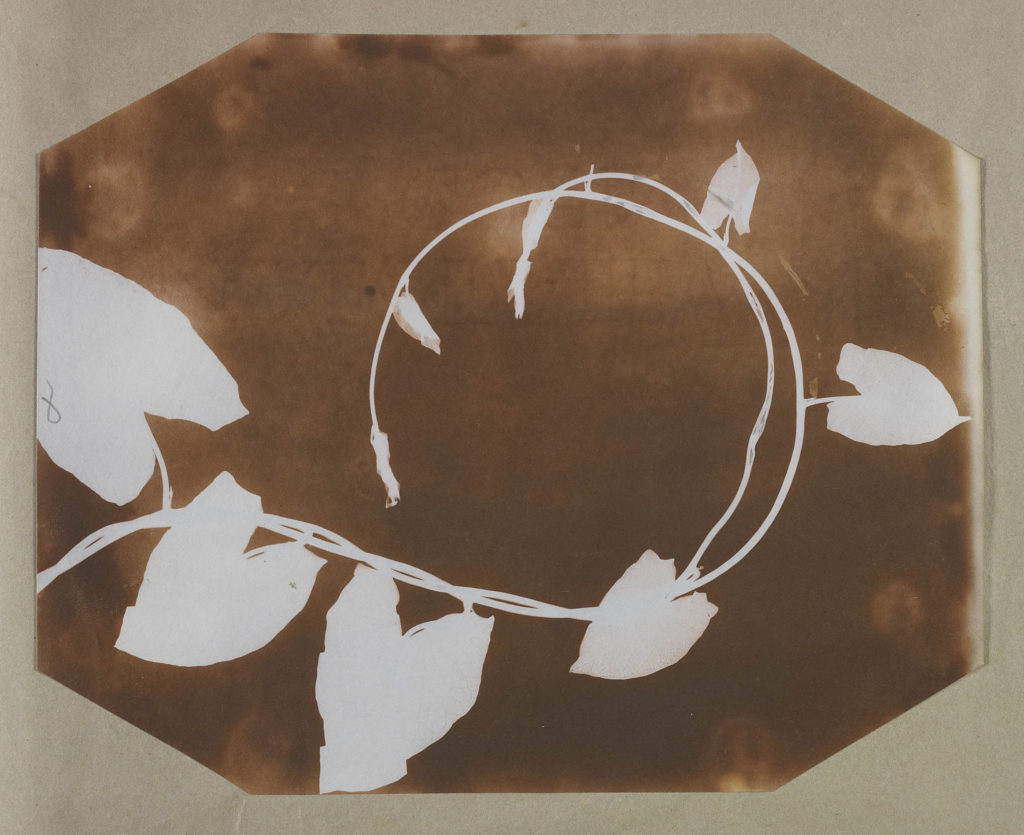
Mat Collishaw, Thresholds at Somerset House. Courtesy National Media Museum.
This is evidenced throughout the fair’s main section, where galleries are choosing to show artists who are already well-established and a sure bet for sales. This, however, makes for a pervasive sense that bigger exhibitors seem to be playing it safe when it comes to booth displays and strategies.
Alison Jacques Gallery presented an amalgam of luminaries who double as market favorites, including Juergen Teller, Robert Mapplethorpe, Ana Mendieta, and Catherine Yass. When asked about photography’s resurgence in the market, a gallery associate heartily agreed that the medium was currently enjoying commercial success, especially in the UK. Thus, “the gallery felt it was important to participate” in this year’s fair.
Sprüth Magers also took no chances with their booth display. Works by Thomas Demand, Andreas Gursky, Thomas Ruff, Stephen Shore, and Bernd and Hilla Becher were all present. One might wonder why the work of the young, experimental Ryan Trecartin was absent, considering the gallery represents him. This exclusion might be indicative of the buyers the gallery was attempting to cater to.
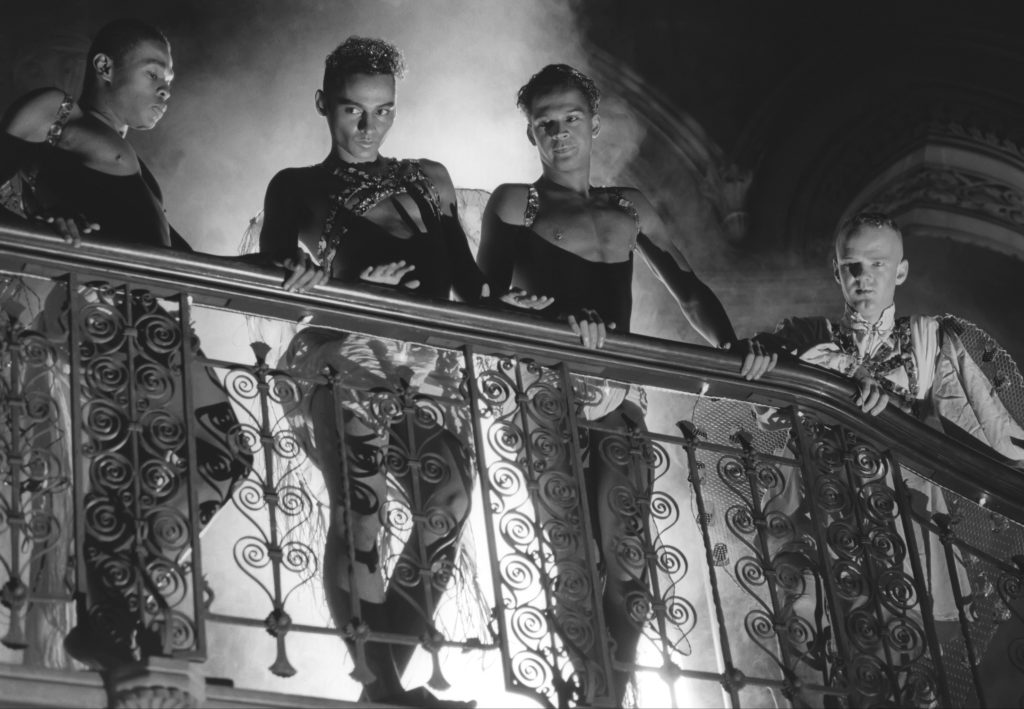
Isaac Julien, Film-Noir Angels (Looking for Langston Vintage Series) (1989/2017). Courtesy the Artist and Victoria Miro, London ©Isaac Julien
In a fresh twist, Victoria Miro mounted a one-person exhibition of photographs by Isaac Julien, who, as stated earlier, is also a part of the fair’s public programming. The gallery’s decision to show Julien’s work in tandem with Photo London’s celebration of the artist’s 1989 film Looking for Langston was of course intentional. Though he is certainly as established as the aforementioned artists, opting for a single artist with a work whose subject matter touches upon black gay identity is somewhat risky in comparison to the other booths.
“We have a history of showing photography,” gallery director Glenn Scott Wright said when explaining Victoria Miro’s first-time participation. When asked about the work in relation to the market, Wright showed minimal, if no, interest. “We decided to participate based on Isaac Julien’s show at Somerset House and to experiment with the fair,” he elaborated, again expressing an emphasis on the gallery’s support of Julien’s creative practice, as opposed to its financial allure.
In keeping with Benson’s vision to feature the practices of new artists, Photo London has a section curated by Tristan Lund titled “Discovery,” which is dedicated to just that: highlighting young galleries, publishers, and artists.
The Photographers’ Gallery booth includes sculptural works by emerging artist Felicity Hammond, who, despite having only graduated from the Royal College of Art in 2014, has already enjoyed success. She was the 2016 single image winner of the British Journal of Photography International Photography Award, positioning her to break through as a significant figure experimenting with the medium.
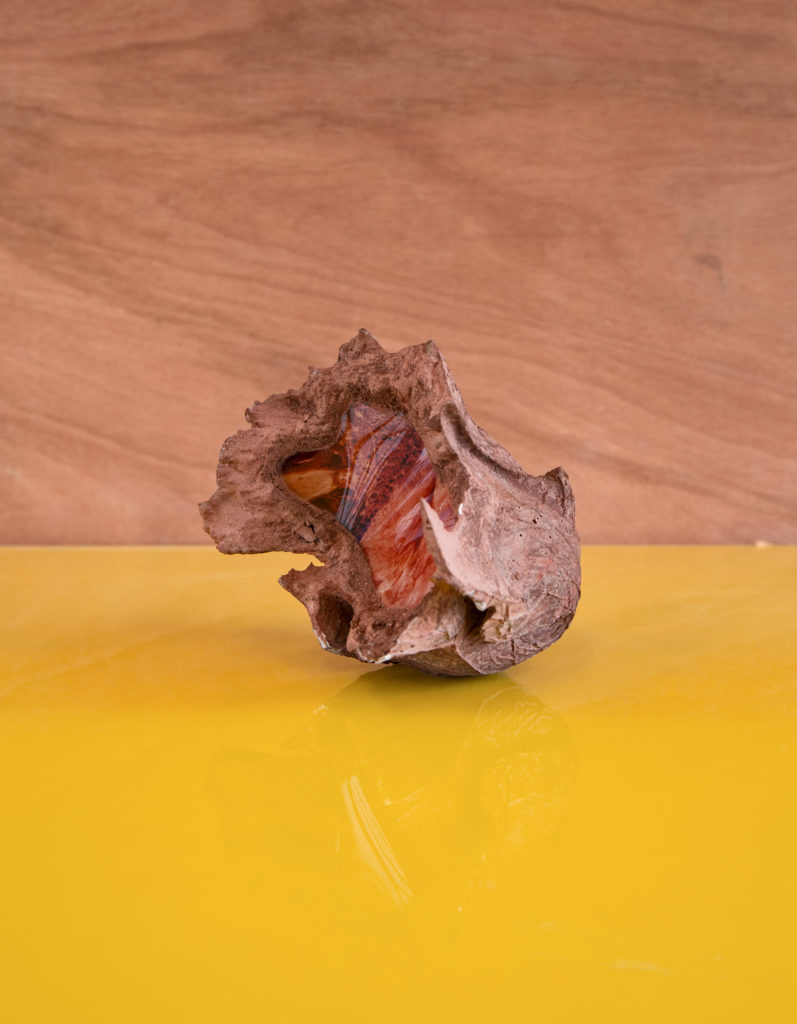
Felicity Hammond, In Defence of Industry (2017). ©Felicity Hammond, courtesy of the artist
The work on view, In Defence of Industry (2017), incorporates photography with sculpture, described by the artist as “melted” parts of the Cumbrian landscape, which is best known as the site for building the U.K’s nuclear submarines, as well as where nuclear waste is buried.
“The project is really looking at fusing these complexities—making forms which both point to an obsolete industry and our potential nuclear future,” Hammond said of the work.
At London’s Roman Road—which graduated this year from the Discovery section to the main sector—the gallery aligns itself with the fair’s third intention: to exhibit underexposed historical artists. The booth has restaged a full wall installation, originally shown in the 1970s, by Polish artist and feminist pioneer Natalia LL. Though the artist still makes work today, all of the works on view are historical, ranging from 1971-1975.
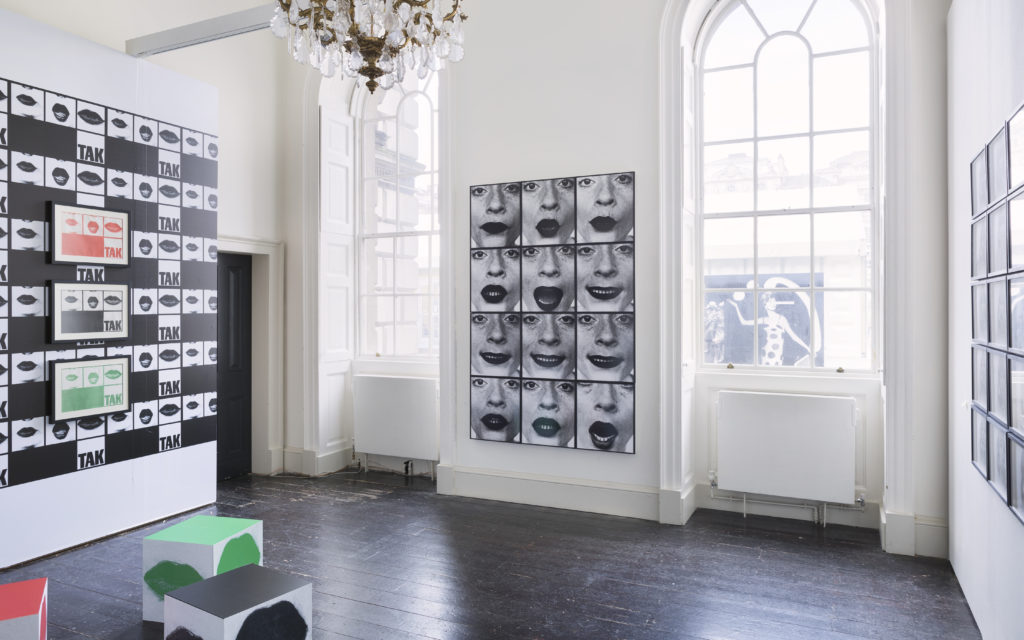
Natalia LL, installation view, Roman Road booth A6, Photo London, London, 18 May – 21 May 2017. Courtesy of Roman Road and the artist. ©Ollie Hammick
In the fair’s introductory text, legendary writer and thinker John Berger is heavily cited as an influence on this year’s iteration of the event. “For us, his passing was a significant moment … His writing is timeless, and he has many important things to say about the making of images that are entirely appropriate—perhaps more so now with fake news and all that kind of rubbish,” Benson explained. “We need Berger to remind us of what we’re doing when we’re looking at images.”
The weaving of history with the contemporary continually emerges as a theme throughout Photo London. Indeed, it is the literary and creative elements that lend the fair an aura of gravity outside of the market, ultimately making its third edition a strong argument for why photography matters, both historically, and—more importantly—today.